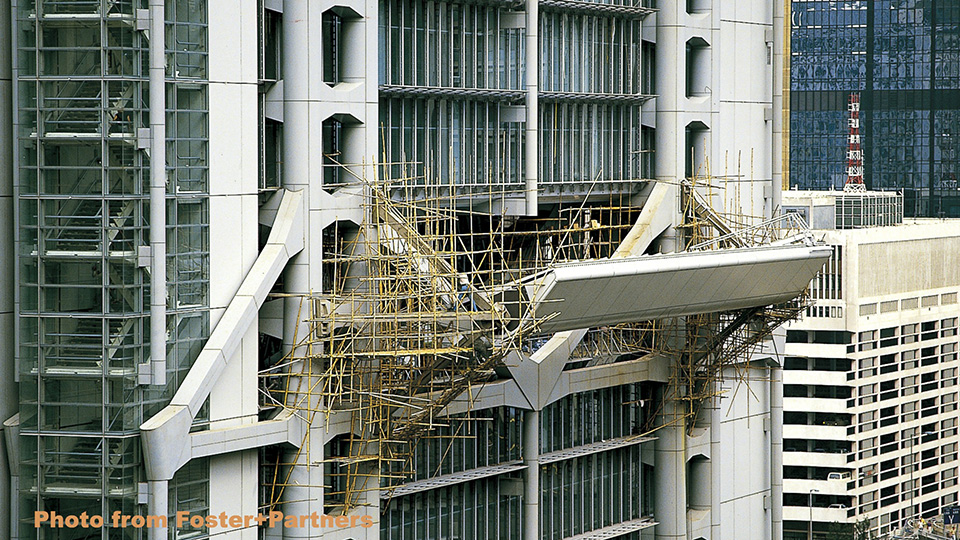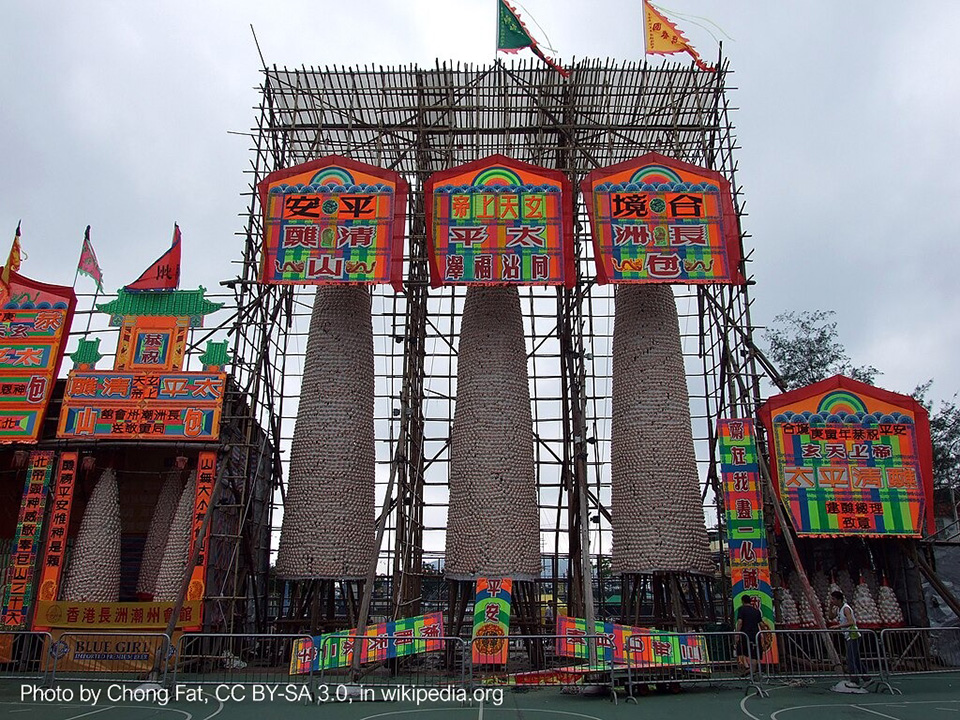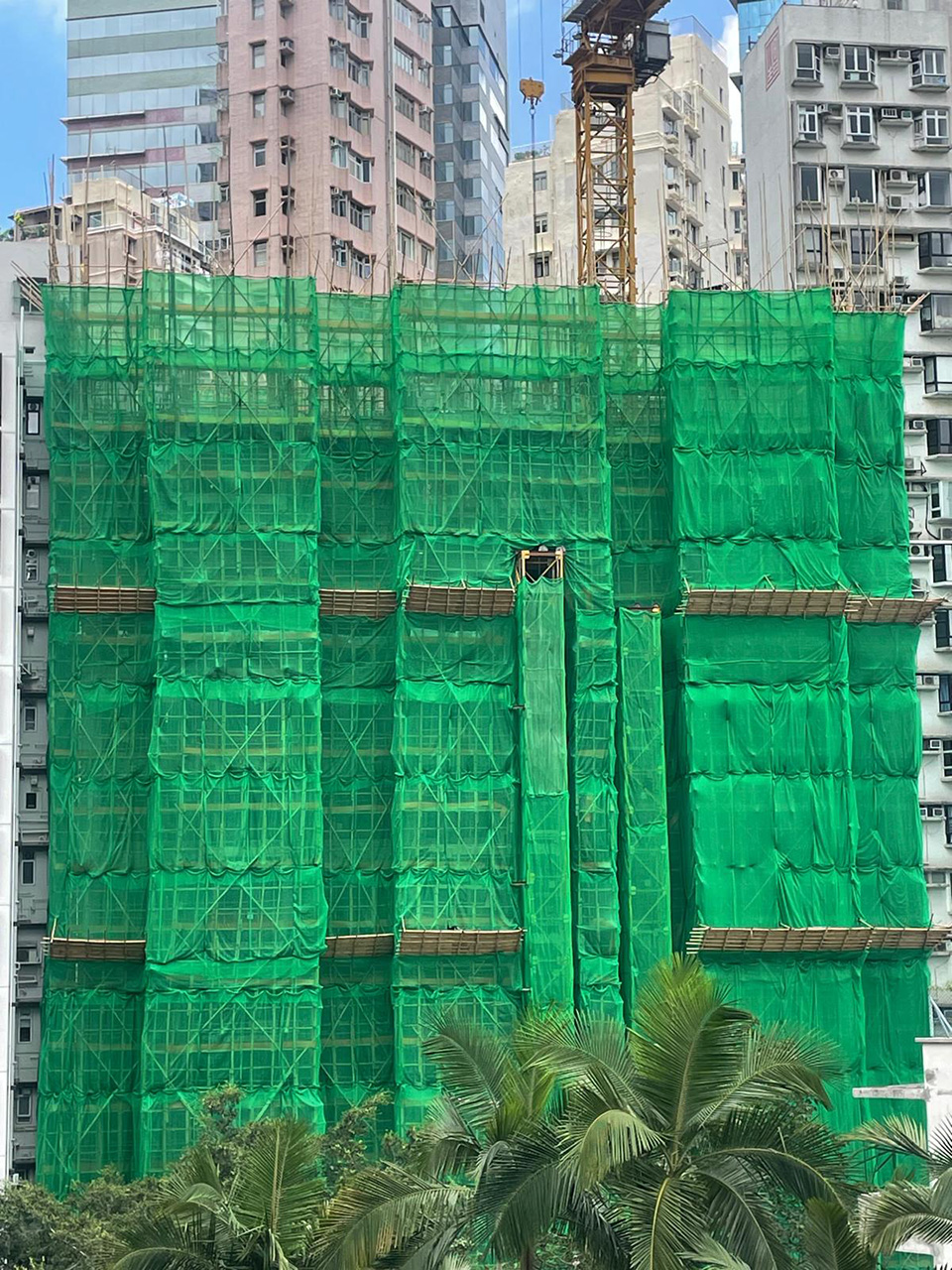Look up next time you wander Hong Kong’s streets. Beyond the glittering towers, you’ll find a living legacy soaring above the city: bamboo scaffolding. While steel structures dominate global skylines, Hong Kong’s artisans have turned construction into an art form, balancing ancient techniques with modern ambition.

A Craft Rooted in History
Bamboo’s role in Chinese construction stretches back over 2,000 years. By the Tang Dynasty, it was used for everything from bridges to floating theaters. Post-1940s, skilled craftsmen brought this tradition to Hong Kong, transforming the city into a bamboo scaffolding haven. Today, these grids wrap skyscrapers, repair temples, and frame neon-lit festivals—proving tradition and progress aren’t opposites, but partners.

Why Bamboo Beats Metal
Lightweight, sustainable, and surprisingly sturdy, bamboo thrives in Hong Kong’s climate. It bends but doesn’t break during typhoons, resists humidity, and grows faster than it’s harvested. Workers weave poles with nylon strips, creating frameworks that adapt faster than metal—a necessity in a city where time is currency.
More Than Scaffolds—A City’s Symbol
Bamboo lattices aren’t just functional; they’re a visual rhythm in Hong Kong’s urban dance. Artisans scale them with a fearless grace, embodying the city’s grit and creativity. Each knot and pole whispers stories of resilience, innovation, and respect for nature.

At Hanlun Habitats, we’re inspired by the harmony of old and new that defines Hong Kong. Just as bamboo scaffolds lift the city skyward, we’re here to help you carve your space in this ever-evolving metropolis.
Curious about Hong Kong’s hidden wonders? Stay tuned—we’re just getting started. ![]()
Explore more stories where tradition and modernity collide. Your next chapter in Hong Kong begins with Hanlun.